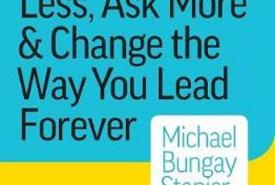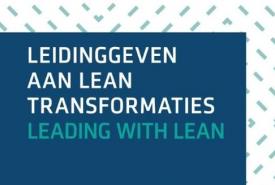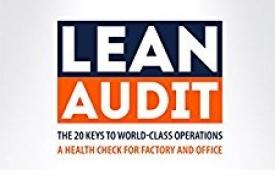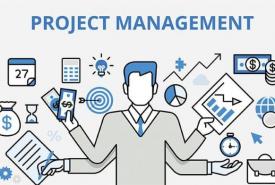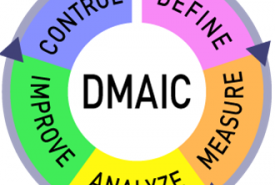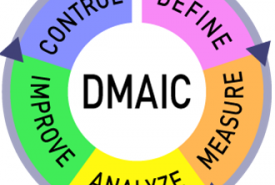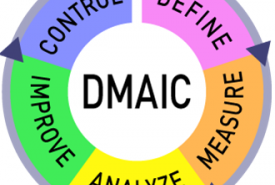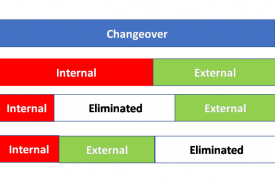The Five Dysfunctions of a Team - P.Lencioni (summary)
In his book, The Five Dysfunctions of a Team, Patrick Lencioni describes a pyramid of five layers that represents the maturity of teamwork. The layers are connected in a way that a team can move from the bottom to the top, and becomes more effective while doing so. This article describes each of the frustrations that can be linked to these layers: lack of trust (1), fear of conflict (2), lack of commitment (3), avoidance responsibility (4) and inattention to results (5).

